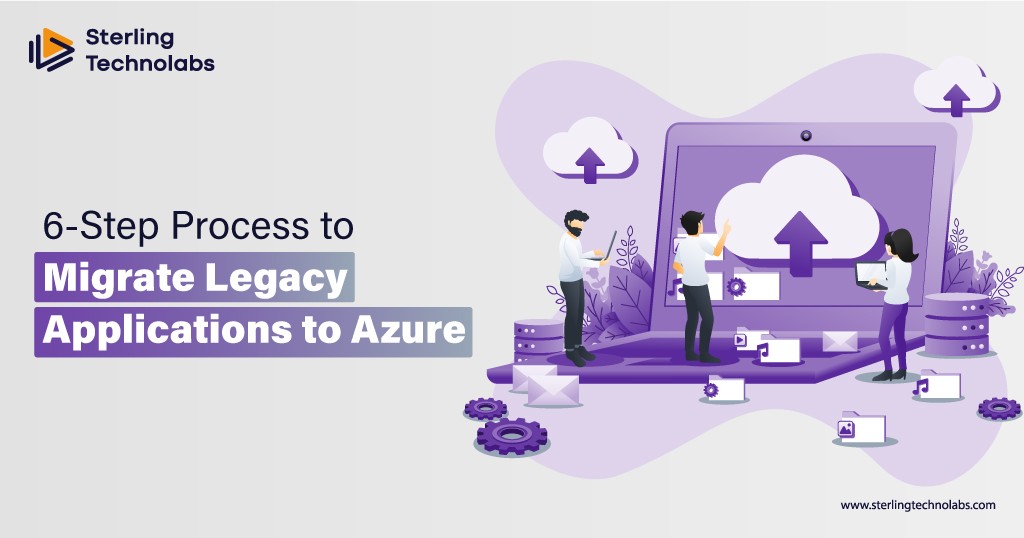In today’s digital world, the success of a business is mainly dependent on the quality of its user interface (UI) and user experience (UX) design. A well-designed UI/UX can significantly enhance the user’s interaction with a product or service, increasing customer satisfaction, loyalty, and revenue. This article will discuss the benefits of UI/UX design services, why working with a UI/UX design company is essential, and the different UI/UX designing services available to businesses.
UI/UX Design Services: An Overview
UI/UX design services are a type of service that focuses on designing the user interface and user experience of a product or service. This can include everything from websites, mobile apps, software, and even video game design. The goal of UI/UX design services is to create a user-friendly interface that is easy to navigate and intuitive. The services may include research, analysis, wireframing, prototyping, design, and testing.
What Are the Elements of UI and UX Design?
UI (User Interface) design and UX (User Experience) design are critical to developing any digital product or service. The UI design focuses on the visual and interactive elements of the product, while the UX design focuses on the overall user experience, including usability, accessibility, and satisfaction.
Here are some of the essential elements of UI and UX design:
UI Design Elements:
- Layout: The arrangement of all visual components on the screen.
- Colour: The choice of colours used in the design and their combinations.
- Typography: The use of fonts and their sizes and styles.
- Images: Using visuals, including graphics, photos, and illustrations.
- Icons: The use of symbols that represent specific actions or functions.
- Buttons: Interactive elements that allow users to trigger specific actions.
- Forms: Interactive elements that allow users to input data.
- Navigation: The way users move around the product and access different features.
UX Design Elements:
- User Research: Understanding the target audience’s needs, motivations, and behaviours.
- Information Architecture: The organization of content and functionality to make it easy for users to find what they need.
- Wireframing: The creation of a basic layout and structure of the product.
- Prototyping: The creation of a working model of the product to test and refine.
- Usability Testing: Evaluating the product with real users to identify areas for improvement.
- Accessibility: Ensuring that the product is usable by people with disabilities.
- Performance: Ensuring the product performs well, loads quickly, and is responsive.
- Content: Creating high-quality content that meets users’ needs and supports their goals.
Benefits of UI/UX Design Services
- Enhance user experience: One of the primary benefits of UI/UX design services is that they can significantly enhance the user experience of a product or service. A well-designed UI/UX can make it easier for users to navigate, understand, and use a product or service, increasing customer satisfaction and loyalty.
- Increase engagement: A well-designed UI/UX can also increase user engagement with a product or service. By creating a visually appealing and easy-to-use interface, users are more likely to spend more time on the platform and interact more with the features.
- Improve brand reputation: A well-designed UI/UX can also improve a brand’s reputation. A seamless and easy-to-use interface can make users feel that the brand is trustworthy and professional.
- Boost conversions: A good UI/UX design can also increase conversions. Creating an intuitive and visually appealing interface makes users more likely to take the desired actions, such as purchasing or filling out a contact form.
Why Work with a UI/UX Design Company?
Working with a UI/UX design company can be beneficial in many ways, especially if you are developing a software product or a website. Here are some reasons why you might want to work with a UI/UX design company:
- Professional expertise: A UI/UX design company has a team of professionals skilled in designing user interfaces and user experiences. They have the expertise and experience to create intuitive, user-friendly, and visually appealing designs.
- User-focused design: A UI/UX design company has a user-focused approach to design. They prioritize the user experience and aim to create designs tailored to your target audience’s needs and preferences.
- Time-saving: Developing a user interface and experience from scratch can take time, especially if you need the necessary skills and experience. A UI/UX design company can help you save time by providing you with a team of professionals who can create designs quickly and efficiently.
- Cost-effective: Hiring a UI/UX design company can be cost-effective in the long run. They can help you avoid costly design mistakes and ensure your product or website is optimized for usability and user engagement.
- Access to the latest design tools and technologies: A UI/UX design company has access to the latest design tools and technologies. They can leverage these tools to create designs that are innovative and cutting-edge.
Conclusion
Our UI/UX design services offer numerous benefits for businesses looking to create a digital product or service that provides an exceptional user experience. Our team of experts can help businesses create a visually appealing and intuitive interface that meets the needs of their target audience.
Our services encompass everything from user research and information architecture to wireframing, prototyping, and usability testing. By working closely with our clients, we can create a product that looks great, is easy to use, and achieves the desired goals.
Furthermore, we at sterling techno labs focus on accessibility, performance, and content, ensuring that the final product is accessible to everyone, performs well, and provides high-quality content that meets user needs. Our UI/UX design services can help businesses enhance their digital presence, increase user engagement and satisfaction, and achieve tremendous success.



.jpg)




